Greetings:
A realtor in my town has these pictures up on the MLS and I was wondering if you guys could speculate as to what lens he is using. Also, what do you think of the pictures? The wide angle-ness* shows so much but is it too much distortion?
http://www.chrisfarrugia.com/temp/1.jpg
http://www.chrisfarrugia.com/temp/2.jpg
* yes, that's a word =)
A realtor in my town has these pictures up on the MLS and I was wondering if you guys could speculate as to what lens he is using. Also, what do you think of the pictures? The wide angle-ness* shows so much but is it too much distortion?
http://www.chrisfarrugia.com/temp/1.jpg
http://www.chrisfarrugia.com/temp/2.jpg
* yes, that's a word =)


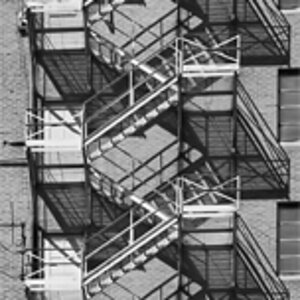
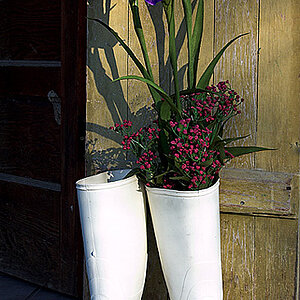
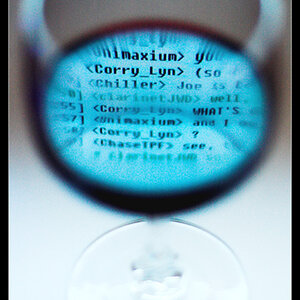
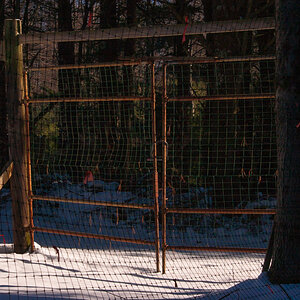
![[No title]](/data/xfmg/thumbnail/1/1592-cfae4a7ea791f96c6e2d03484be2e454.jpg?1619729144)
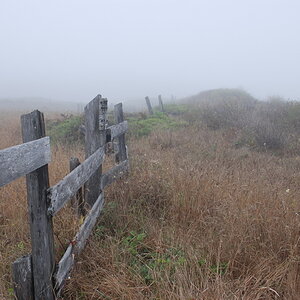
![[No title]](/data/xfmg/thumbnail/34/34061-e097813b3719866d07ff3e78e8119ffa.jpg?1619736258)

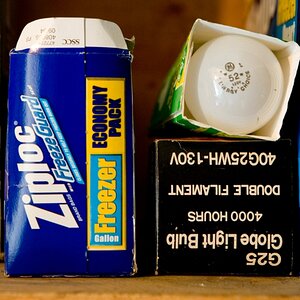

![[No title]](/data/xfmg/thumbnail/42/42278-22ed940cbdc5888a28d9be36006594dc.jpg?1619740086)